Biophilic Design represents a transformative approach to architecture, emphasizing the integration of natural elements into the built environment to enhance human well-being. The concept, rooted in the idea that humans have an inherent connection to nature, seeks to create spaces that reflect and nurture this bond.
The Concept of Biophilic Design
Biophilic Design is based on the principle of 'biophilia,' a term popularized by Edward O. Wilson, which describes the innate human inclination to connect with nature. This design approach aims to translate our deep-seated affinity for the natural world into architectural practices. According to Stephen R. Kellert in his influential work *Biophilic Design*, the goal is to craft environments that support human health, happiness, and productivity by integrating natural elements and patterns into design.
The modern built environment often separates us from nature, which can negatively impact our well-being. By reintroducing natural elements into architectural spaces, Biophilic Design seeks to mitigate these effects, improving overall quality of life. The integration of natural light, fresh air, and views of nature, among other factors, has been shown to enhance physical health, mental well-being, and productivity.
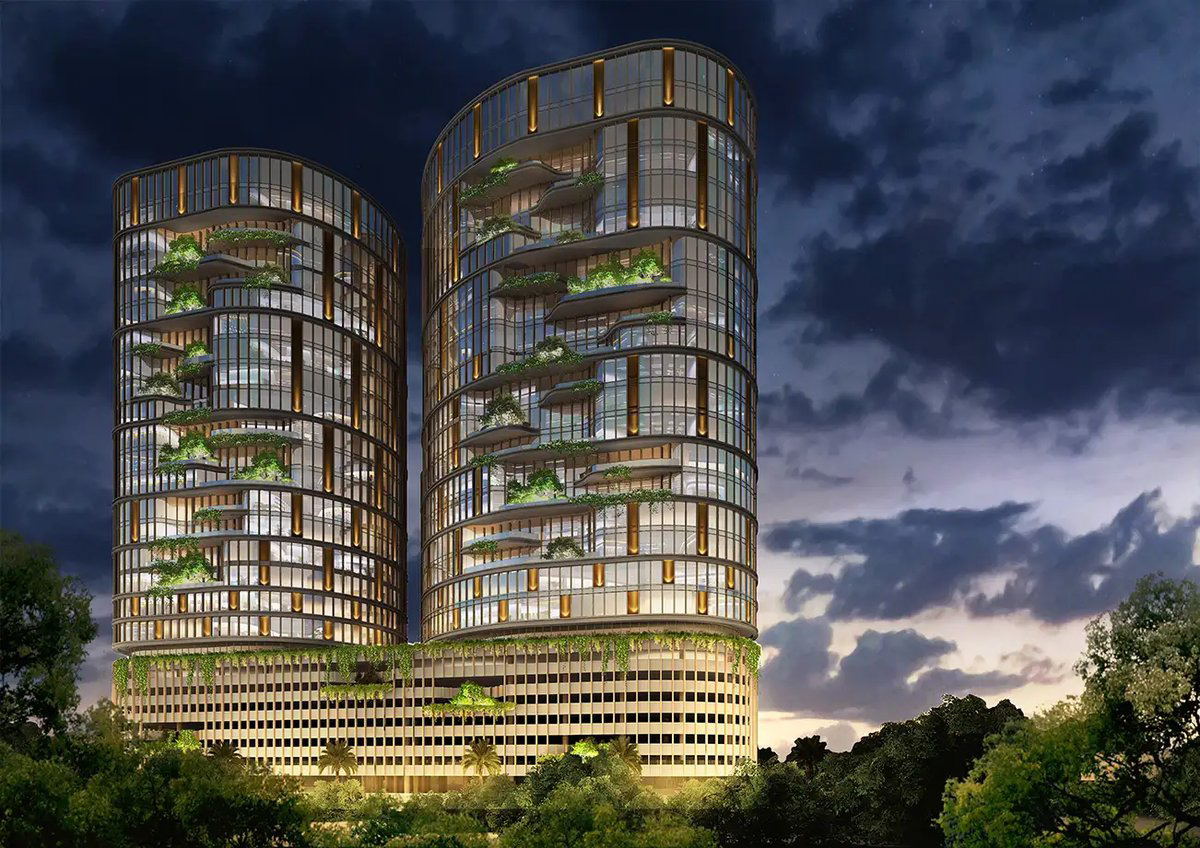
Six Principles of Biophilic Design
1. Environmental Features
This principle focuses on integrating tangible elements of nature into built environments, such as natural materials like wood, stone, and water, along with natural light and ventilation. Large windows or skylights bring in natural light, boosting mood and energy levels, while water features like fountains add calming visual and auditory elements. By incorporating materials like reclaimed wood or stone, these spaces evoke a tactile connection to the natural world, seamlessly blending the outdoors with indoor living.
2. Natural Shapes and Forms
Natural Shapes and Forms involve incorporating patterns and structures inspired by nature. Elements like columns, arches, or facades reflect shapes from plants, animals, or geological formations. This idea, rooted in historic architecture, continues to inspire modern designs. For instance, tree-like vaults in Gothic cathedrals or plant motifs in ancient Egyptian temples serve as early examples. Today, using these organic shapes enhances a space’s aesthetic appeal while fostering a psychological connection to nature, making environments feel more familiar and comforting.
3. Natural Patterns and Processes
This principle highlights the inclusion of dynamic natural patterns and temporal processes. Designs may feature sensory variability like changing light and shadow or materials that age gracefully over time. For instance, facades that interact with sunlight to create shifting patterns, or materials that develop a natural patina, add a dynamic and evolving character to spaces. By reflecting nature’s fluidity, these elements create environments that feel alive and adaptable, enriching the sensory experience.
4. Light and Space
Light and Space emphasize the importance of natural light and spatial design in enhancing human well-being. Well-positioned windows, skylights, and light wells not only improve mood and energy but also highlight architectural features, making spaces feel more open and expansive. High ceilings and expansive views foster a sense of freedom and comfort, working in harmony with light to create environments that enhance both aesthetic enjoyment and personal well-being.
5. Place-Based Relationships
This principle involves designing spaces that reflect the geographic, cultural, and ecological context of their surroundings. Using local materials, referencing cultural traditions, and respecting the natural landscape help create a deeper connection to place. A building that utilizes local stone or mirrors regional architectural styles feels more rooted in its environment. Additionally, considering the climate, topography, and other environmental factors strengthens the bond between the structure and its surroundings, creating a sense of identity and continuity.
6. Evolved Human-Nature Relationships
This principle addresses the psychological and evolutionary connection humans have with nature. Spaces designed to evoke safety, comfort, and inspiration tap into fundamental human desires for exploration and growth. For example, designs that offer both open views (prospect) and secluded areas (refuge) satisfy innate needs for safety and adventure. Environments that inspire awe or curiosity deepen our emotional connection to nature, supporting well-being and personal growth by aligning with our evolutionary instincts.
Applying the Principles in Practice
The Six Principles of Biophilic Design offer a comprehensive framework for creating environments that integrate nature and support human well-being. Applying these principles involves a thoughtful approach to design, considering both the physical and psychological aspects of the built environment.
Architects and designers can apply these principles in various ways, depending on the project's context and goals. For instance, in a corporate office, incorporating Environmental Features like natural light and plants can improve employee well-being and productivity. In a residential setting, Natural Shapes and Forms can create a more inviting and comfortable home environment.
Incorporating Natural Patterns and Processes can enhance the sensory experience of a space, making it more engaging and dynamic. Designing with Light and Space can improve the overall mood and energy of a building, while Place-Based Relationships ensure that the design reflects and respects its surroundings. Finally, addressing Evolved Human-Nature Relationships helps create spaces that resonate with our fundamental psychological needs.
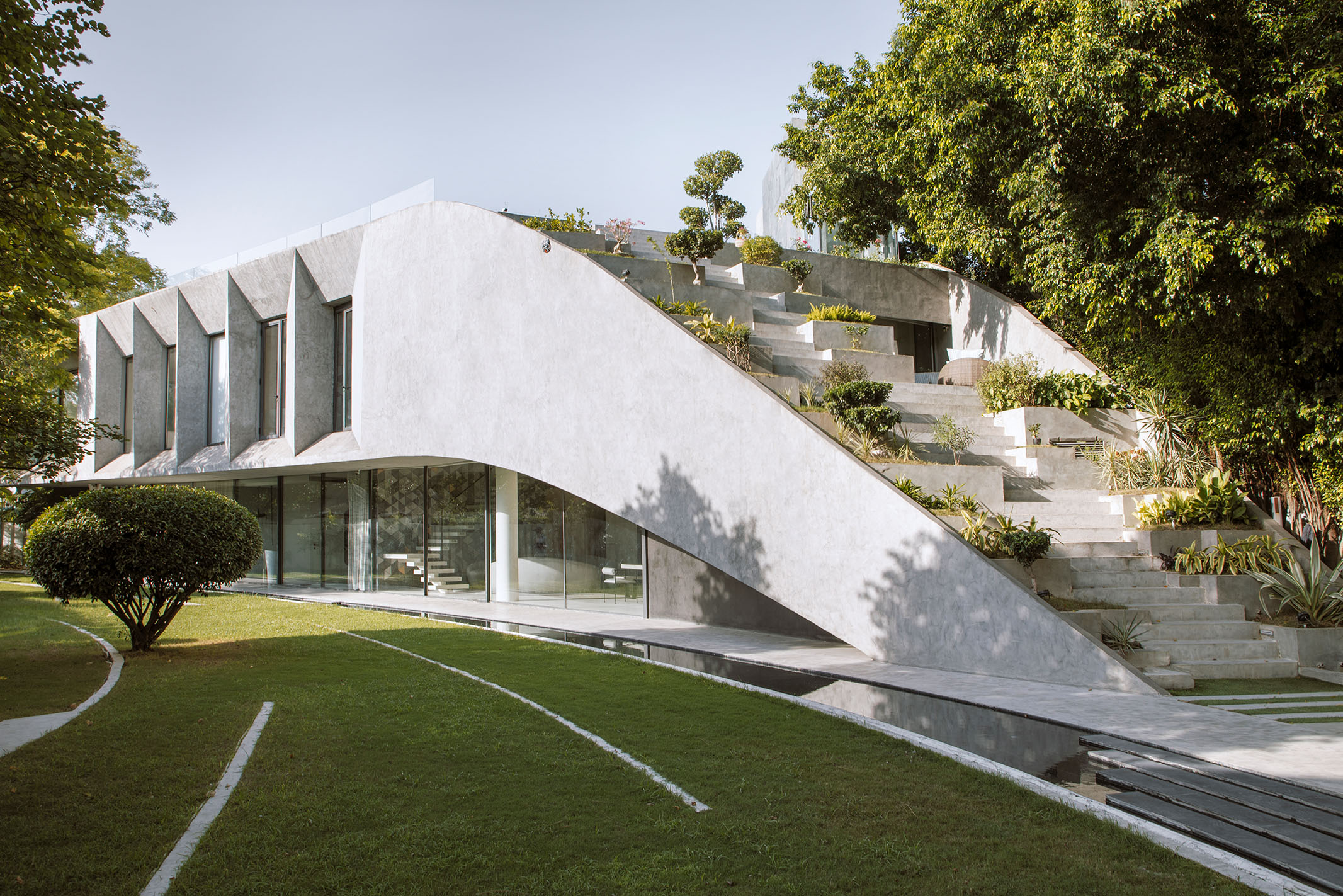
Advantages of Biophilic Design
- Enhanced Well-Being: Natural elements like light and views reduce stress, improve mood, and regulate sleep cycles, promoting mental and emotional health.
- Increased Productivity: Biophilic design boosts focus, creativity, and job satisfaction, reducing absenteeism and enhancing workplace performance.
- Improved Cognitive Function: Natural environments enhance memory, learning, and problem-solving by stimulating the senses and reducing mental fatigue.
- Better Physical Health: Improved air quality and calming water features promote respiratory health, lower blood pressure, and support overall well-being.
- Higher User Satisfaction: Biophilic spaces create more pleasant, engaging environments, leading to greater satisfaction in residential and commercial settings.
- Environmental Sustainability: Incorporating local materials and passive design strategies reduces environmental impact, aligning with sustainable building practices.
Applications of Biophilic Design
- Residential Spaces: Biophilic design in homes promotes well-being by using natural light, indoor plants, and natural materials like wood and stone, fostering a sense of calm and connection to nature.
- Commercial Spaces: Retailers and restaurants benefit from natural elements like green walls and water features, creating inviting environments that encourage longer customer visits.
- Workplaces: Integrating green walls, natural lighting, and outdoor views in offices can reduce stress, boost productivity, and enhance employee satisfaction.
- Healthcare Facilities: Hospitals using natural light, healing gardens, and nature views support faster recovery, reduce patient stress, and create a soothing environment for staff and patients.
- Educational Institutions: Classrooms with natural light, outdoor learning areas, and nature views can improve student focus, creativity, and foster a deeper connection to learning.
- Urban Planning: Incorporating parks, green corridors, and community gardens into cities improves air quality, reduces heat islands, and promotes social interaction for a more sustainable urban environment.
Challenges and Considerations
While Biophilic Design offers many benefits, it also presents challenges. Integrating natural elements into architectural designs requires careful consideration of factors such as cost, maintenance, and climate. For example, while water features can enhance a space, they may require ongoing maintenance and pose potential water conservation issues.
Designers must also consider the cultural and contextual appropriateness of their designs. Incorporating local materials and cultural references requires a deep understanding of the area's history and traditions. Balancing these factors with the principles of Biophilic Design ensures that the final outcome is both functional and meaningful.
Conclusion
Biophilic Design represents a transformative approach to architecture, enhancing both aesthetic appeal and human well-being by integrating natural elements and principles into the built environment. By embracing the Six Principles—Environmental Features, Natural Shapes and Forms, Natural Patterns and Processes, Light and Space, Place-Based Relationships, and Evolved Human-Nature Relationships—designers create spaces that foster a profound connection with nature, improving physical health, mental well-being, and productivity. Despite potential challenges, the profound benefits of Biophilic Design underscore its importance in shaping environments that resonate with our innate need for natural harmony, ultimately enriching the quality of life and creating more meaningful, responsive spaces.
Image sources- architectandinteriorsindia.com, architecturaldigest.in, designpataki.com, talatiandpartners.com

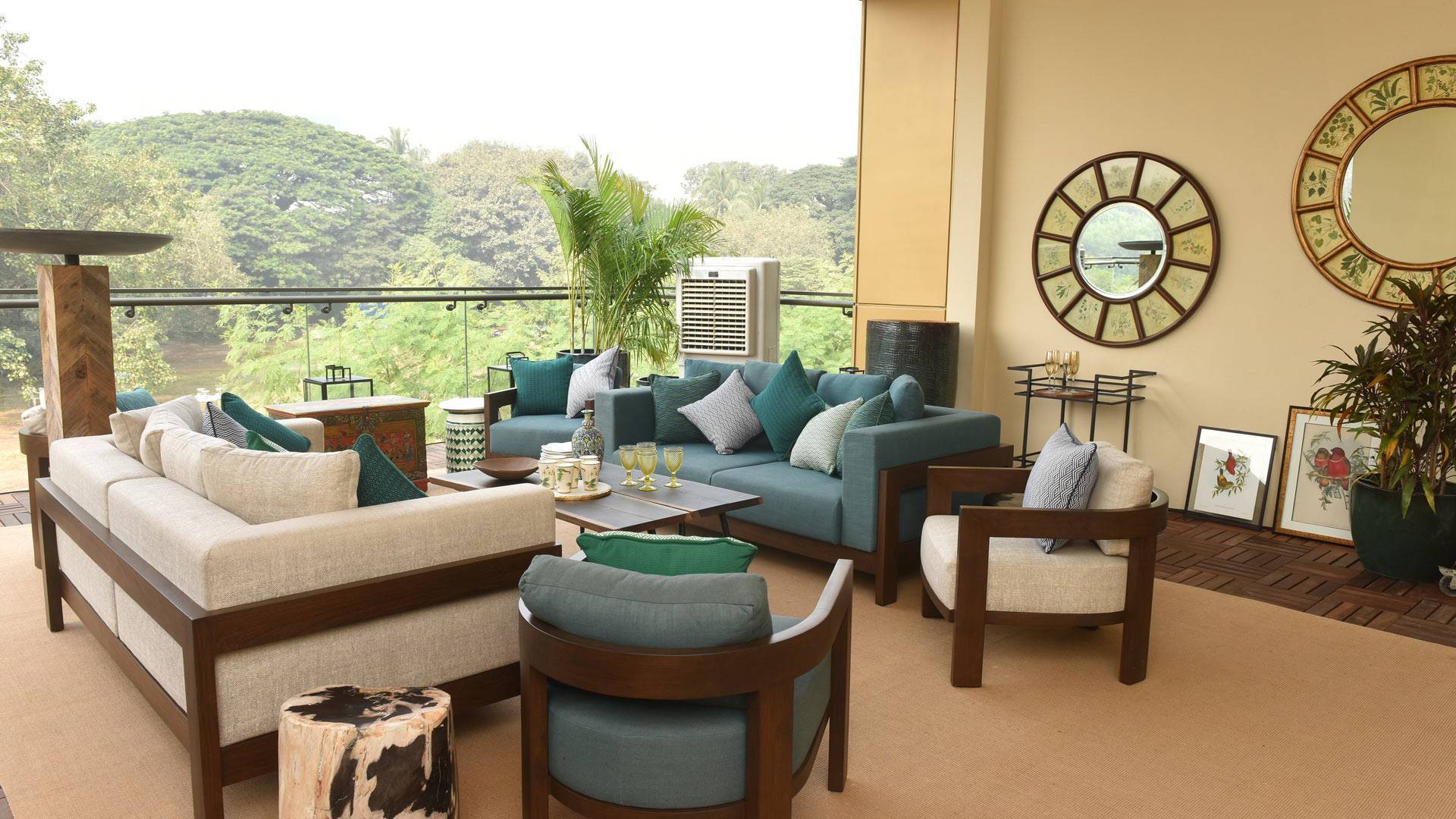
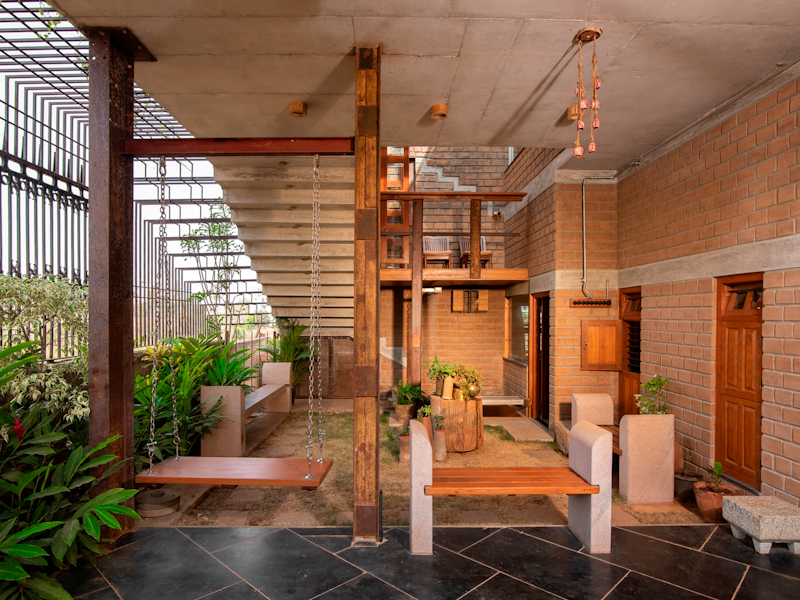

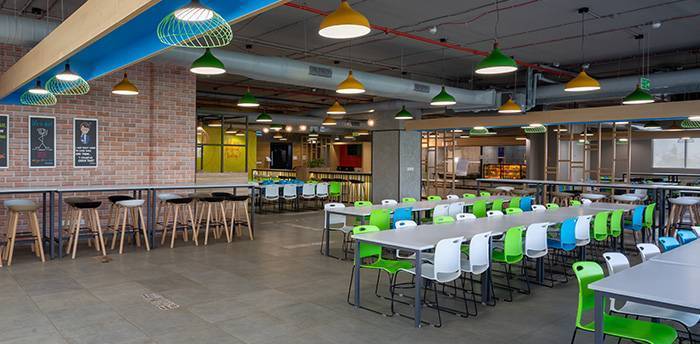

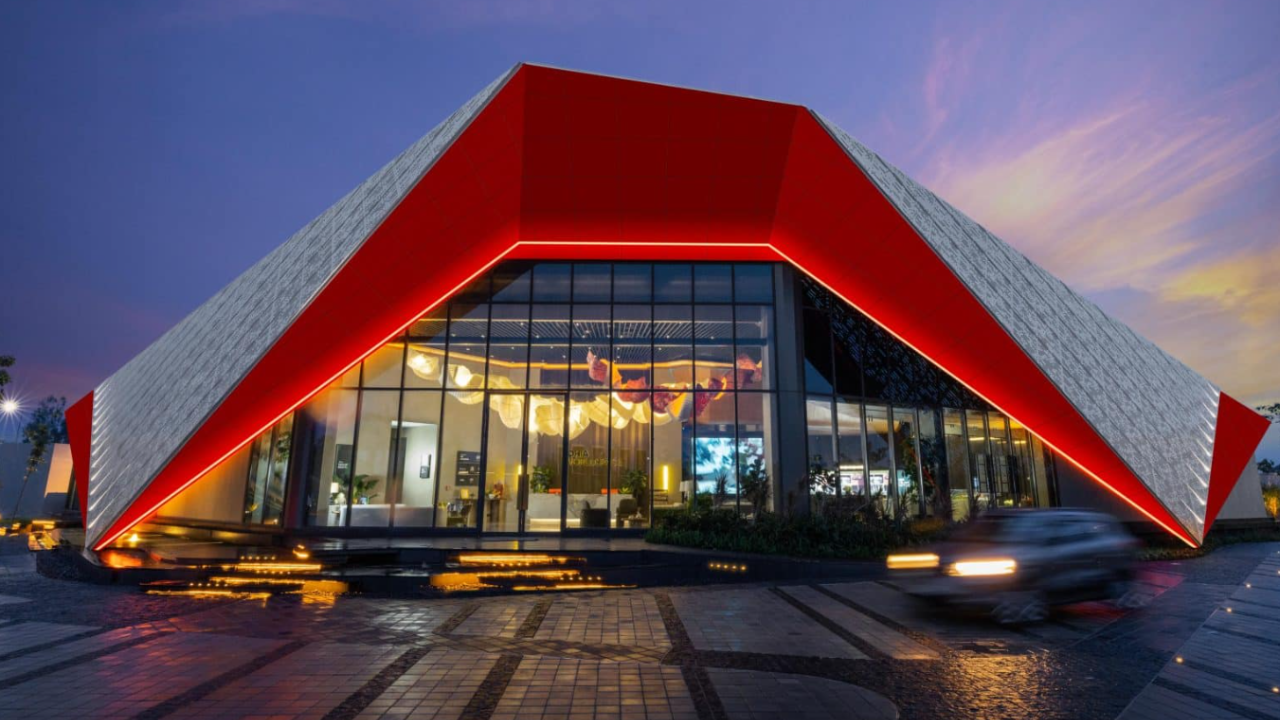


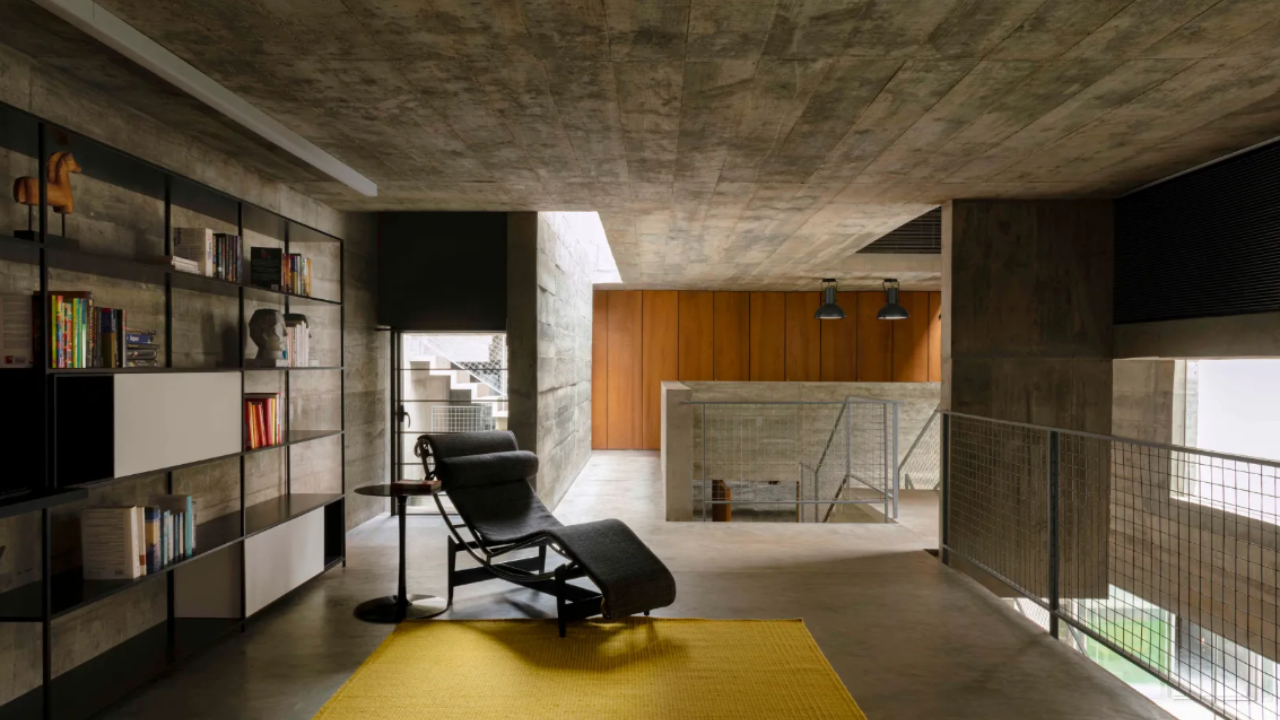
.png)